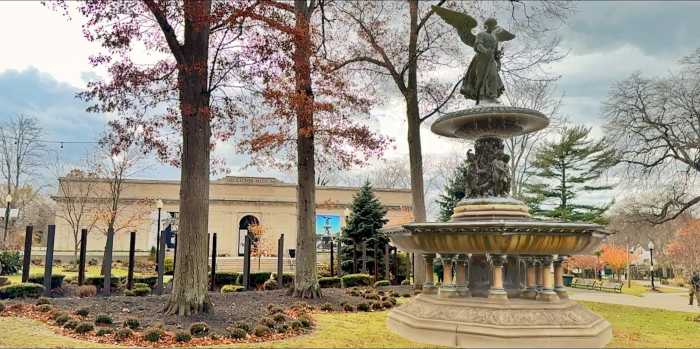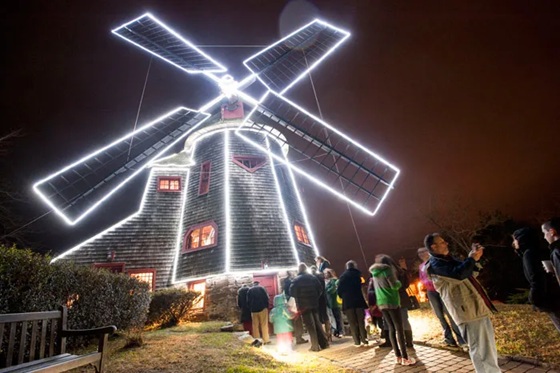Second-grade students at Carle Place’s Cherry Lane School acted as architects and builders through project-based, hands-on learning.
In their community planning unit, students focused on understanding suburban, urban, and rural communities, as well as how they can design and build sustainable homes in each of them.
After researching all three communities and comparing their characteristics, students made a blueprint to create a sustainable home in a community of their choice. The students worked in teams to while deciding which materials would best support their home.
Once the construction was finished, the houses were organized by community, enabling the children to engage in a realistic model of transitioning from an urban area to a suburban neighborhood and then to a rural setting.
Throughout this unit, they were guided by five concepts:
Concept 1: Define and discuss the characteristics of suburban, rural, and urban communities.
Concept 2: After learning about the three community types, partner up to sort sample communities and compare them.
Concept 3: Research various materials used in building houses and why some are better suited for specific areas.
Concept 4: Using prior research, choose a community type to live in and design a suitable home by using graphic organizers and sketches, selecting building materials, and conducting mini-experiments to test them.
Concept 5: Once projects are complete, form groups based on the selected community types to create a model representing key characteristics of the chosen community.
This Project Based Learning unit taught the students the different types of homes and communities while strengthening their teamwork, creativity, and communication skills.



































